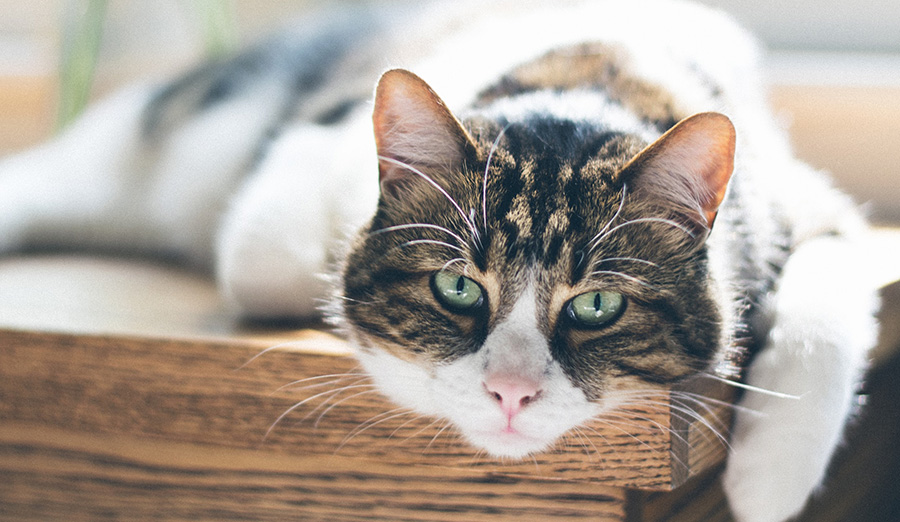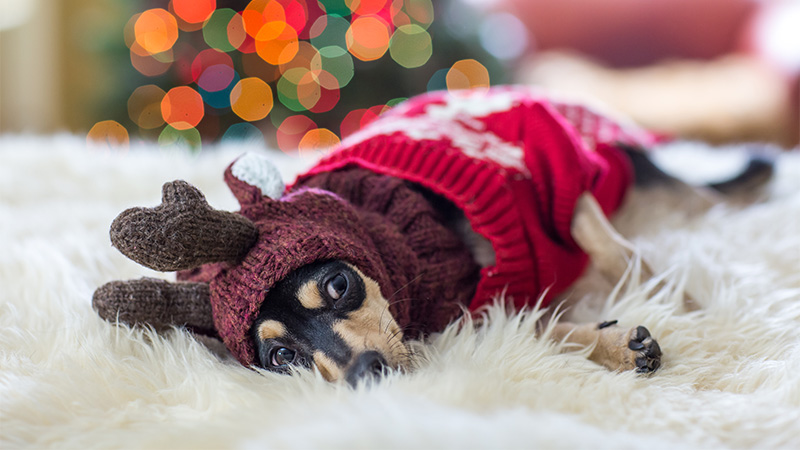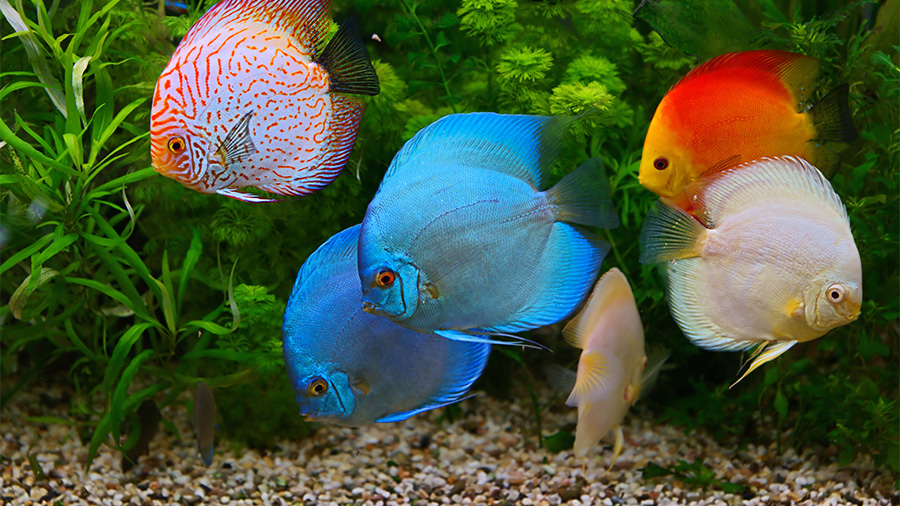Cat owners should know that if a cat goes without eating for a few days in a row, there is a risk that the cat could develop a potentially fatal condition called hepatic lipidosis. To break that term down, “hepatic” means relating to the liver, an organ that performs vital functions necessary for life, including removing waste products and foreign substances from the bloodstream, regulating blood sugar levels, and creating essential nutrients. “Lipidosis” means an abnormal accumulation of fat.
According to Dr. David Williams, overweight or obese cats have a greater chance of developing hepatic lipidosis. Dr. Williams is diplomate of both the European and U.S. colleges of veterinary internal medicine. For the past 18 years, Dr. Williams has been on the faculty of the University of Illinois College of Veterinary Medicine. He is an international expert on gastrointestinal diseases of dogs and cats.
‘A Peculiar Metabolic Response’
“Hepatic lipidosis seems to be a peculiar metabolic response of cats, particularly those that are overweight, to a reduction in food intake,” says Dr. Williams. “Once the cat gets hepatic lipidosis, the cat will not usually start eating again on its own.”
While hepatic lipidosis itself is not painful to the cat, the original cause of the anorexia, or period of not eating, could be painful. For example, pancreatitis is painful and could result in anorexia in a cat. Cats may stop eating for a variety of reasons, both medical and behavioral.
Following a period of anorexia, the cat’s liver begins breaking down fat from the body to supply energy and nutrients to the cat. For overweight cats, the fat content of their body can overwhelm the liver’s ability to process the fat, so the fat is stored in the liver.
Diagnosis and Treatment of Hepatic Lipidosis
Possible signs of hepatic lipidosis include jaundice (yellowing of skin), lethargy, weakness, vomiting, and behavioral changes. It is important to consult with your veterinarian if you notice any of these signs in your cat. The most important thing to watch for is not eating for multiple days.
To diagnose hepatic lipidosis, doctors often perform blood tests to identify liver function and to determine other underlying diseases. A definitive diagnosis requires a liver biopsy, according to Dr. Williams. A liver biopsy can be done through the skin, or internally if an abdominal procedure is being done.
Many factors need to be considered for a thorough treatment approach to hepatic lipidosis. The standard treatment is to feed the cat using a feeding tube that has been surgically placed into the esophagus or, less commonly, the stomach.
The treatment can be stressful on the pet and owners. Having lost two of his own cats to this disease, Dr. Williams advises everyone to consider the treatment carefully. When the cat is unwilling or difficult to keep still, tube feeding multiple times a day can become an impossible task for many pet parents. The cat may require several weeks of tube feeding before the tube is removed.
While a cat is being tube fed, owners should also offer food by mouth to see if an appetite has returned and the cat will eat on its own. If the cat starts to eat on their own, the tube will not hinder their consumption.
Final Thoughts
The success of treatment depends on the reason that hepatic lipidosis arose. “If the underlying cause is treatable, or manageable, or resolves on its own, then many cats recover,” says Dr. Williams.
“Fortunately, many cases do resolve with tube feeding after days to weeks. Some 60% of these patients have a cobalamin deficiency, which, if present, should be rectified. However, some cats never start to eat on their own again.”
Fortunately, hepatic lipidosis does not occur as frequently as it once did. “We see much less of this disease than we used to,” he says, “perhaps due to earlier intervention to tube feed anorexic cats, specifically to head off lipidosis.”
Dr. Williams offers this parting advice to cat owners: “Try to keep your cats lean. If a cat stops eating, seek veterinary attention promptly. Look for pancreatitis and cobalamin deficiency in affected cats if the routine test results are not informative.”
By Crystal Munguia
Featured photo by Nathan Fertig on Unsplash.




